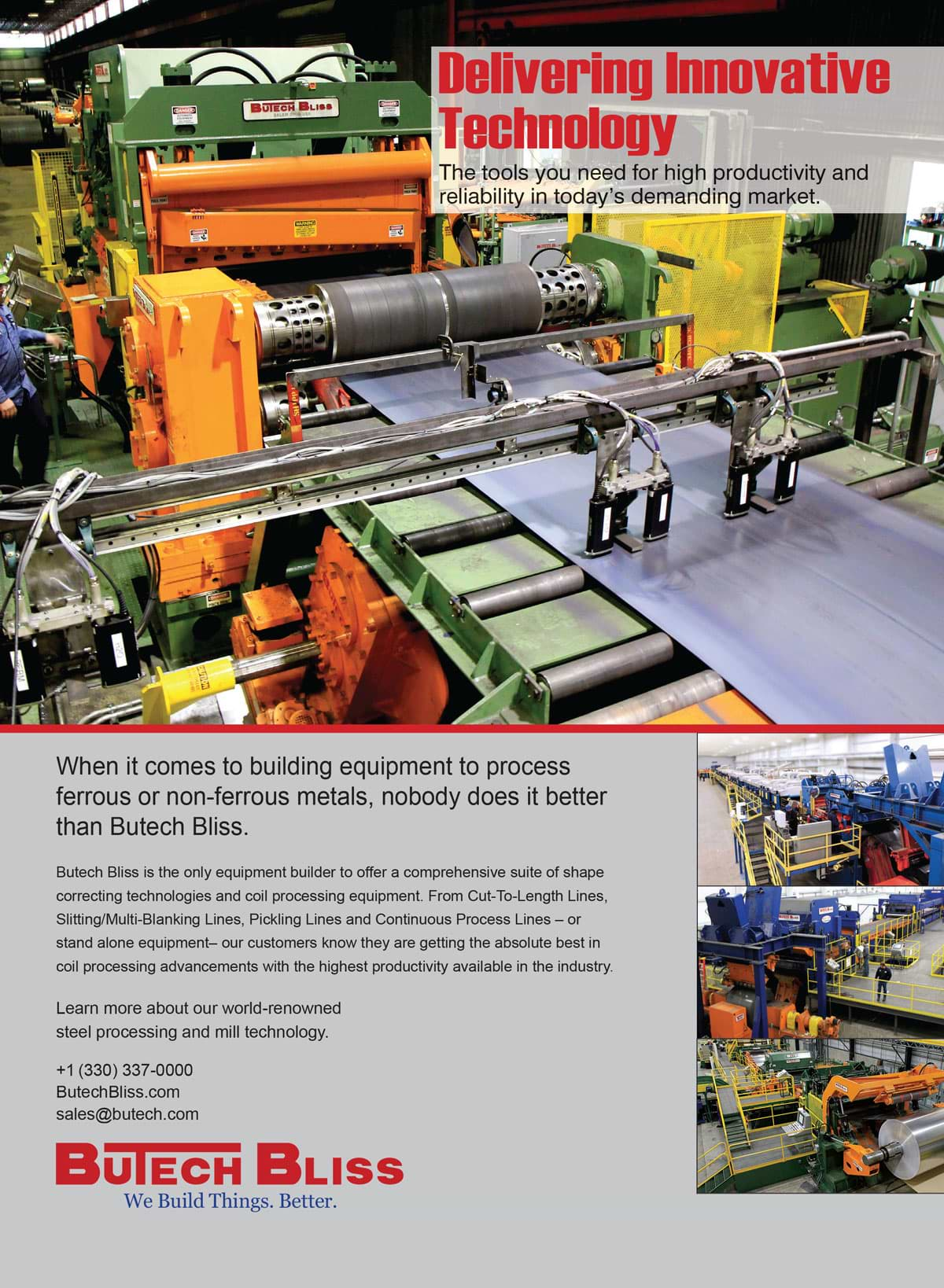Prevention
ome survivors of conflicts from Korea and Vietnam to Iraq and Afghanistan might have difficulties adjusting to normalcy upon returning home. Those who were injured and experienced trauma are at even greater risk.
Among veterans who served during Gulf War era II (September 2001 forward), 41 percent (1.7 million) reported a service-connected disability in August 2018, according to a special report from the Census Bureau, published in March 2019. Nearly half of these veterans had a service-connected disability of 60 percent or higher. Twenty seven percent (843,000) of veterans who served during Gulf War era I (1990 to 2001) reported a service-connected disability.
According to the Department of Veterans Affairs, 11 to 20 out of every 100 veterans who served in Operations Iraqi Freedom or Operation Enduring Freedom have PTSD in a given year. Twelve percent of Desert Storm veterans and 15 percent of Vietnam War veterans have PTSD in a given year, according to an earlier study.
Traumatic brain injury (TBI) has been called a “signature injury” of the Iraq and Afghanistan conflicts. The Defense and Veterans Brain Injury Center reported more than 408,000 TBIs among U.S. service members worldwide between 2000 and early 2019. The majority of those TBIs were classified as mild (such as concussions).
From 2005 to 2017, there was a 43.6 percent increase in the number of suicide deaths in the general population and a 6.1 percent increase in the number of suicide deaths among veterans, according to the 2019 National Veteran Suicide Prevention Annual Report. Veterans ages 18 through 34 had the highest suicide rate in 2017 (44.5 per 100,000). The rate among this age group rose by 76 percent from 2005 to 2017.
 when [participants] get with other veterans, they realize they are not alone.
when [participants] get with other veterans, they realize they are not alone. 
Prevention
ome survivors of conflicts from Korea and Vietnam to Iraq and Afghanistan might have difficulties adjusting to normalcy upon returning home. Those who were injured and experienced trauma are at even greater risk.
Among veterans who served during Gulf War era II (September 2001 forward), 41 percent (1.7 million) reported a service-connected disability in August 2018, according to a special report from the Census Bureau, published in March 2019. Nearly half of these veterans had a service-connected disability of 60 percent or higher. Twenty seven percent (843,000) of veterans who served during Gulf War era I (1990 to 2001) reported a service-connected disability.
According to the Department of Veterans Affairs, 11 to 20 out of every 100 veterans who served in Operations Iraqi Freedom or Operation Enduring Freedom have PTSD in a given year. Twelve percent of Desert Storm veterans and 15 percent of Vietnam War veterans have PTSD in a given year, according to an earlier study.
Traumatic brain injury (TBI) has been called a “signature injury” of the Iraq and Afghanistan conflicts. The Defense and Veterans Brain Injury Center reported more than 408,000 TBIs among U.S. service members worldwide between 2000 and early 2019. The majority of those TBIs were classified as mild (such as concussions).
From 2005 to 2017, there was a 43.6 percent increase in the number of suicide deaths in the general population and a 6.1 percent increase in the number of suicide deaths among veterans, according to the 2019 National Veteran Suicide Prevention Annual Report. Veterans ages 18 through 34 had the highest suicide rate in 2017 (44.5 per 100,000). The rate among this age group rose by 76 percent from 2005 to 2017.
 when [participants] get with other veterans, they realize they are not alone.
when [participants] get with other veterans, they realize they are not alone. 
Isolation is a risk factor for suicide. Among Veterans Health Administration patients, suicide rates were found to be highest among those who were divorced, widowed or never married, and lowest among those who married. Suicide rates were elevated among individuals residing in rural areas.
Thankfully, there are many resources for veterans, starting with the VA, veterans social groups (such as Iraq and Afghanistan Veterans of America) and crisis hotlines (800/273-8255), but many still fall through the cracks.
Although he didn’t enlist himself, Justin Kane, president of Kane Steel and Iron, Birmingham, Alabama, says he has always admired and respected service members. When he saw a television program featuring veterans on a timbered property out in the country, he believed he could provide a similar experience.
Kane moved to Alabama from Philadelphia in 1986, started a steel company and a family. He acclimated to the local outdoors culture, such as hunting doves, turkey and deer, and fishing. “Folks like to socialize during these events. This has been a way of life here forever,” Kane says.
 when you hear what they’ve been through, it’s harsh.
when you hear what they’ve been through, it’s harsh. 
iron horse farms
Inspired by others (including his son’s lacrosse coach, who retired from the Navy), Kane created Iron Horse Farms to host veteran retreats and formed St. Michael’s Iron Horse Charities as an umbrella organization.
According to Kane, “Iron Horse references the steel business, and St. Michael is the patron saint of warriors. I have always felt a spiritual closeness to St. Michael.”
There were several buildings on the property. The Kanes renovated a 1960s four-bedroom house, installing an industrial kitchen and large dining tables to feed 25 at a time in the main room. That house sleeps 17. There is a shop and office—some of that space was converted to an apartment to house volunteers; it sleeps about 11. Next, a 1930s home was renovated to sleep 11 people.
“We even resurrected workers’ cabins from the early to mid-1800s,” Kane says. The last extant home, built in 1826, will soon be used as the Kanes’ family place. “My wife, Meg, and I have four children, 23 to 30. We all spend a lot of our personal lives on this project.”
“This is probably our seventh season of outings, and we just hosted our 50th outing,” Kane says. The outings are centered around a hunting season that stretches from September through April.
In spring, “we plant cornfields and set up dove shoots.” Next is deer season—first with bow and arrow, then with guns, together lasting about three months. He recalls a female veteran with one arm who used her mouth on the bow to pull the drawstring and successfully harvested a buck. Finally, turkey season arrives. “You must have a turkey caller. During mating season, the males come to see who’s on their territory and then you shoot them,” Kane explains.
“We develop a deer herd all year, planting fields for them to graze: Alfalfa, peas and corn.” On occasion, he says, “We also hog hunt at night. We have night vision scopes. That’s really popular.”
There are other animals living on the farm. “It’s really big horse country here,” according to Kane. “The property came with an old horse, Charlie. Then people came by and gave us horses. One guy gave us two Arabian. Now have eight horses. We have goats and chickens, 80 head of cattle on pasture. So we farm. The food chain is very healthy, starting with the soil. We have the best cantaloupe. You can eat the corn raw; it’s so tender and sweet. We help a charity that serves 1,000 meals a day in Selma. There is third-world abject poverty there,” Kane says.
“None know each other. Many have PTSD or have other injuries. They are really quiet and almost standoffish,” Kane says. “Then they start talking and, by Sunday, they act like they have been friends for 20 years.”
The next day, guests rise at 4:30 and by 5 are assigned to shooting houses (see photo, left), “depending on which way the wind is blowing. If the deer smell humans, they lie down and hide.” By 5:30, the hunters are in their shooting houses.
Around 9 a.m., the hunters return to the dining hall. “Mary and her daughter cook Southern breakfasts every Saturday and Sunday. The guests eat extremely well.”
Hunters reconvene by 2 p.m., scan for prey from the shooting houses from 2:30 p.m. to dusk, then return for supper.
Little things make a difference. “We use memory foam beds to help support people with the injuries that you cannot see. One veteran had so much damage that most of his skull was made of titanium alloy; he was one of the first to be fitted with that technology. He had a difficult time balancing his medicine and socialization, but he came here and immediately connected with his fellow veterans.”
Each outing typically employs eight to 10 staff and volunteers who organize the events, cook and clean, settle the guests in and serve as guides on the hunts. “We could not do this without them,” Kane says. “I have a calling to do this. Fortunately, we have others with the same calling. A core group of volunteers sacrifice their time for this.”

“We had one spirited veteran who had no legs and lost three fingers after going after unexploded ordnance. He’d be waking me at 4 a.m., saying, ‘Get me into the best spot for hunting.’ We have a tree fort and he climbs up it with all the equipment strapped to him. He’s amazing.”
At night, the veterans sit around a fire and swap stories of the hunt, and of their lives.
“That’s the beauty of it, because they struggle on their own but now they can reach out to someone when they are in a dark, lonely, dangerous place. I have heard some say that if it wasn’t for this ability to build friendships after deployments, they may no longer be with us. When you hear what they’ve been through, it’s harsh.”
Kane recalls that one veteran did attempt suicide while at the farm. “He had been fired from his job but we needed help, so he worked and lived here. He went home one weekend, apparently had an argument at home, came back here and took all his medicine.”
When the staff learned about it, “the chase was on to find the guy on the property. He was out all night on the ground; it was 35 degrees,” which meant the medicine couldn’t take effect. “He didn’t die.”
Home life after a war can be tough. “We get calls from wives, who are crying, ‘Please take my husband to your outings. He’s suffering, distant and just stares at TV.’ When they get with other veterans, they realize they are not alone,” Kane says.
Some veterans struggle financially, says Kane, so he installed a restaurant-sized walk-in cooler. When an animal is harvested, the staff field dresses the deer, refrigerates and then butchers the meat. On the last day, “We pack coolers with ice and guests can take 30 to 40 pounds of venison home. There is nothing like a venison tenderloin or steak done the right way,” Kane says.
“We did design work to allow for prey fish to nest. Called brim or sunnies, and shad, the bass love to eat them. We also put in 500 to 1,000 pounds of crawfish for protein. The bass are great. In an hour, you can pull in a couple dozen fish. The last time I fished, I pulled my shoulder. It was comical.”
“The kids of the veterans are silently suffering,” especially those whose parents come home with severe disabilities and PTSD, Kane says. “We will host three to four families and the kids meet others who are going through the same thing.
“First the kids will hang on mom’s arm, but after they get to the playground and the 2-acre butterfly garden, they act like they have been friends forever. It’s neat to watch.”
In total, the farm can host 40 people. “The owner of a local hotel will comp some rooms for us if we need more space. We keep all the attendees together. Bunk rooms and our family rooms, too,” Kane says.
The shooting houses, he says, have hydraulics for the ramp so wheelchairs can roll on and be lifted into the air; they are welded onto specially built four-wheeled trailers that are moved to the most advantageous spots.
“I have five steel companies. Our controller asked me to hire a professional fundraiser. We were hosting barbecue contests and corporate fundraisers but pounding on the doors of friends and clients is not who I am.”
Kane’s tube mills purchase reject and excess tubing. “We bring it to our yard to sort and rebundle, scrap or resize the bad.” By selling that steel, “we cover about half to two-thirds of our overhead. If I cannot raise enough money on tubing sales, it comes out of our other steel companies: Kane Steel & Iron and MK Metalworks.
“I am not a Getty,” says Kane, “but I have been blessed over the years. When I hit 50, I met with our estate attorney and asked, why don’t we do the charity right now? Why wait until retirement?”
St. Michael’s Iron Horse Charities, a 501(c)(3) organization, receives donations, including from such steel companies as Nucor Corp., Steel Dynamics Inc. and O’Neal Industries. “SDI donated the galvanized coil, and Central States Manufacturing roll formed the coil into new heavy-gauge roofing that would have cost $60,000 to $80,000. They gave us the trim, everything. Nucor and Atlas Tube each have given us annual cash donations and tubing,” Kane notes.
“We know a couple ladies from Judson College with a great equestrian team. I would like to have veterans interact with the horses, but we must have guides who know what they are doing. I could see the horses being very therapeutic. Even if people brought their own horses, we could have outings. Between pastures, valleys and creeks, the trails are amazing. We have the resources,” he says. In the more distant future, Kane hopes to offer individual and family counseling at the farm.
“I was almost at my wits’ end, and this chance meeting came at the right time,” Kane says. The charity work is “expensive, challenging, a tremendous amount of effort. But that lifted off of me, hearing that. It was a beam of light, the fuel to keep mushing along.”





